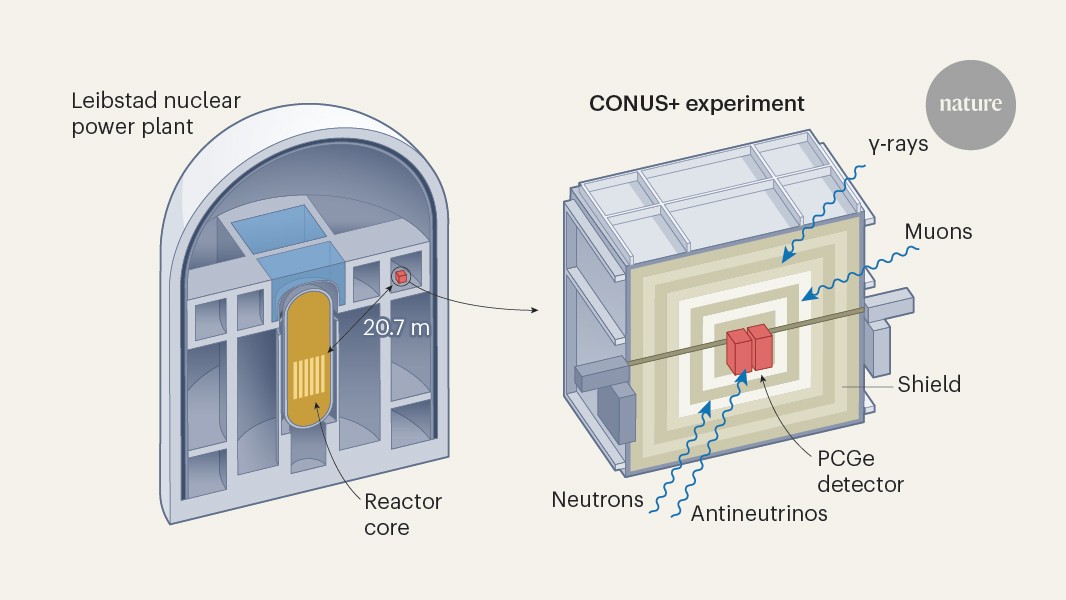Observation of elusive interaction between neutrinos and atomic nuclei

Neutrinos are particles that are notoriously hard to detect, but observations of a process called coherent elastic neutrino–nucleus scattering could enable physicists to develop better ways of studying them
Enjoying our latest content?
Login or create an account to continue
- Access the most recent journalism from Nature's award-winning team
- Explore the latest features & opinion covering groundbreaking research
or
Sign in or create an account Continue with Google
Continue with Google
Nature 643, 1193-1194 (2025)
doi: https://doi.org/10.1038/d41586-025-02134-4
This story originally appeared on: Nature - Author:Henry T. Wong














